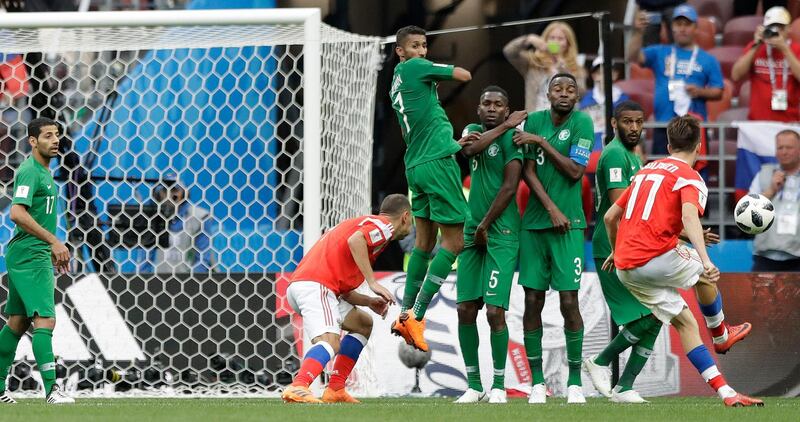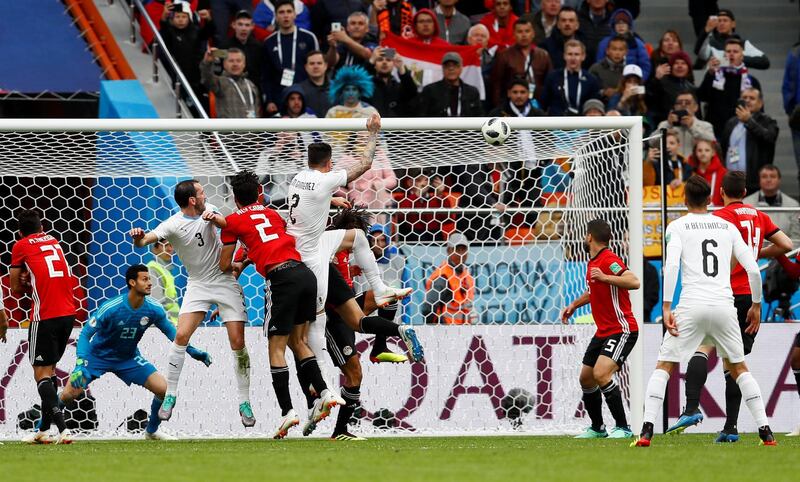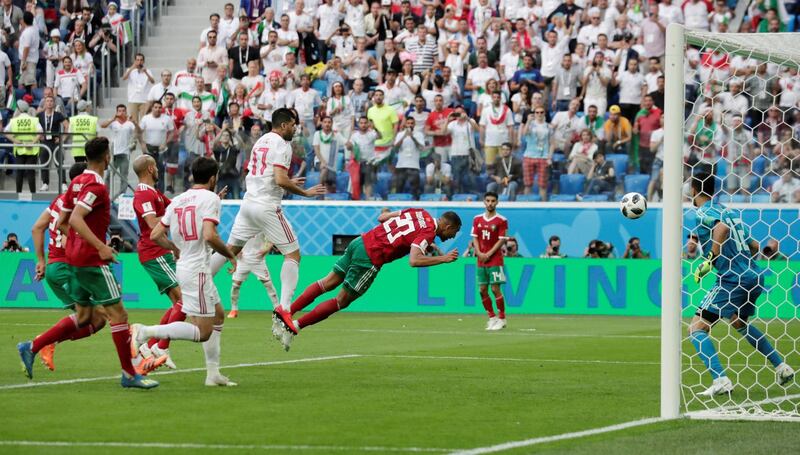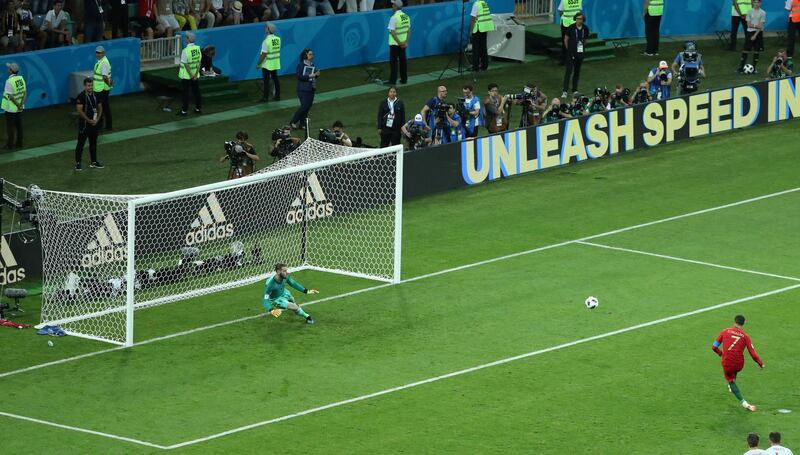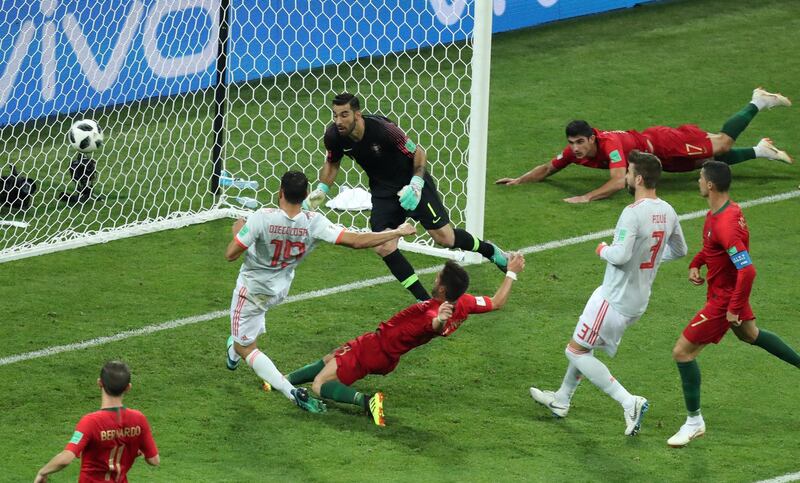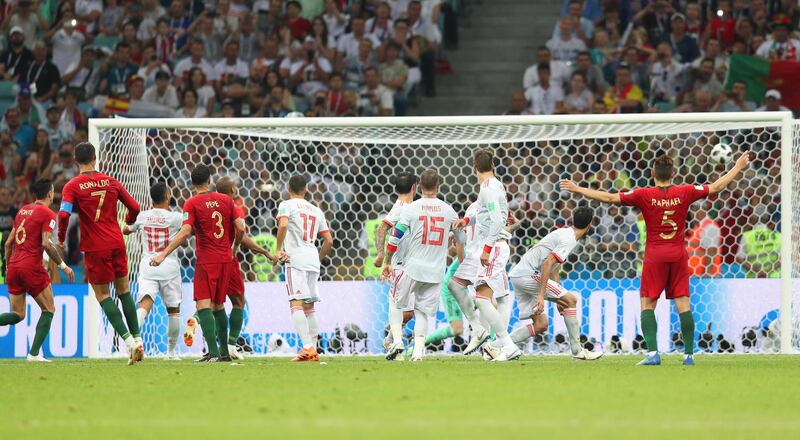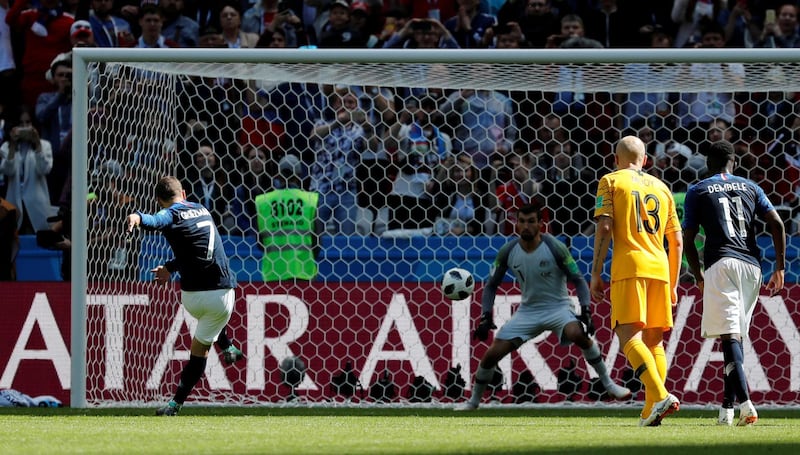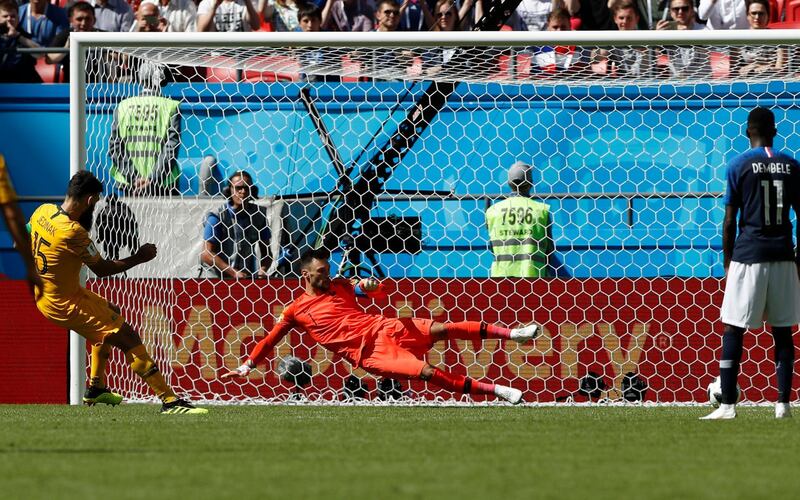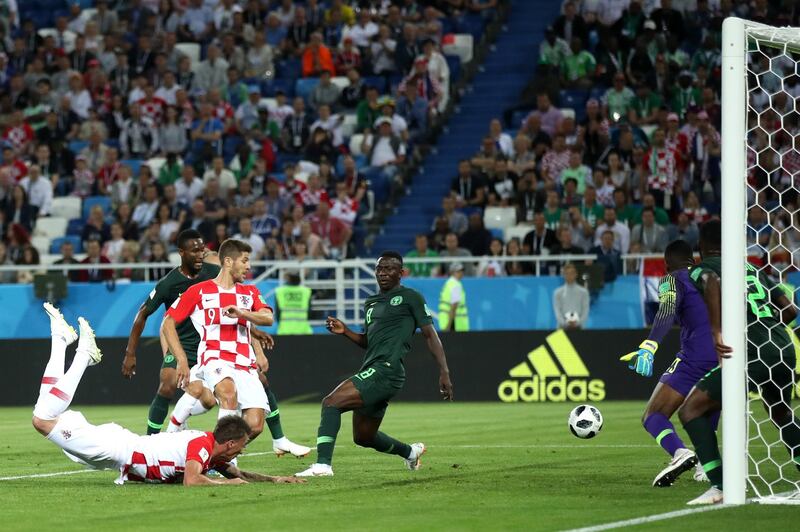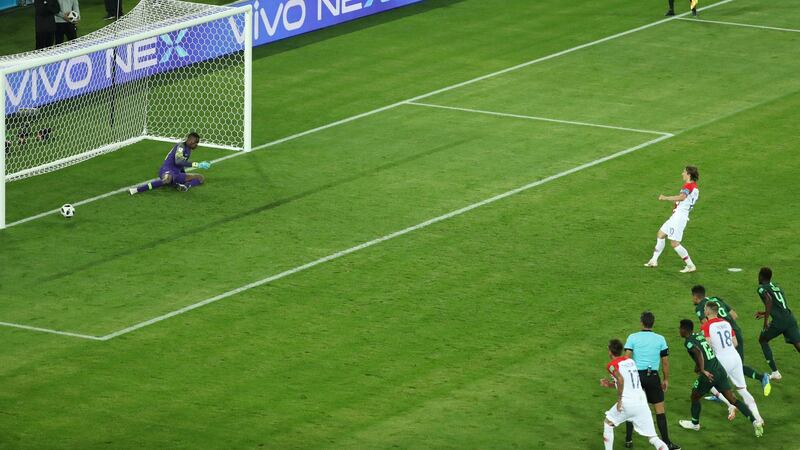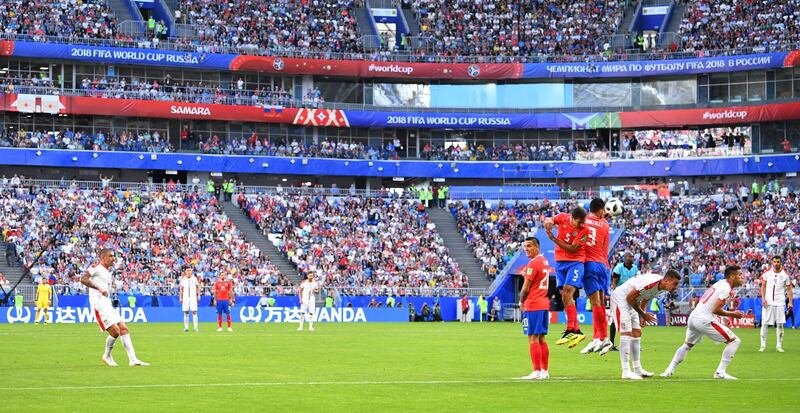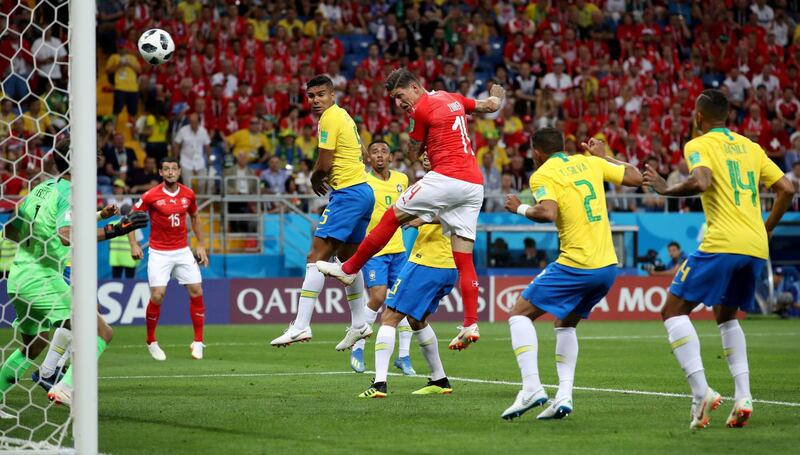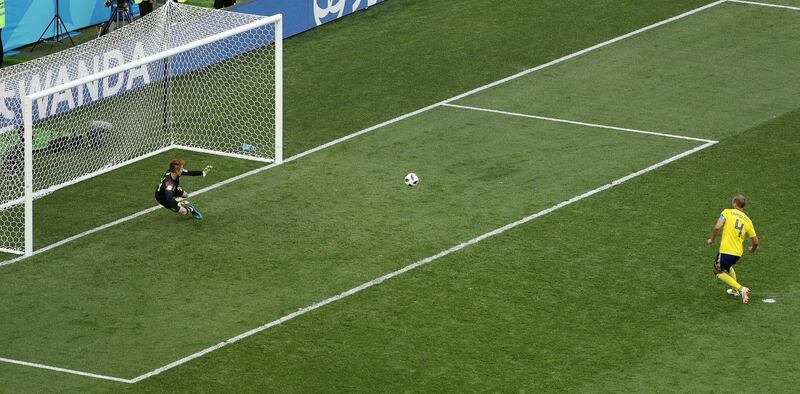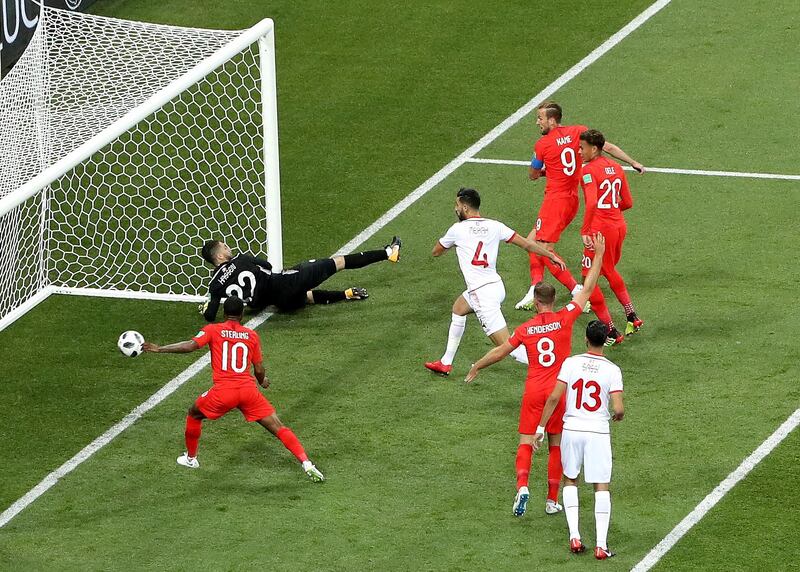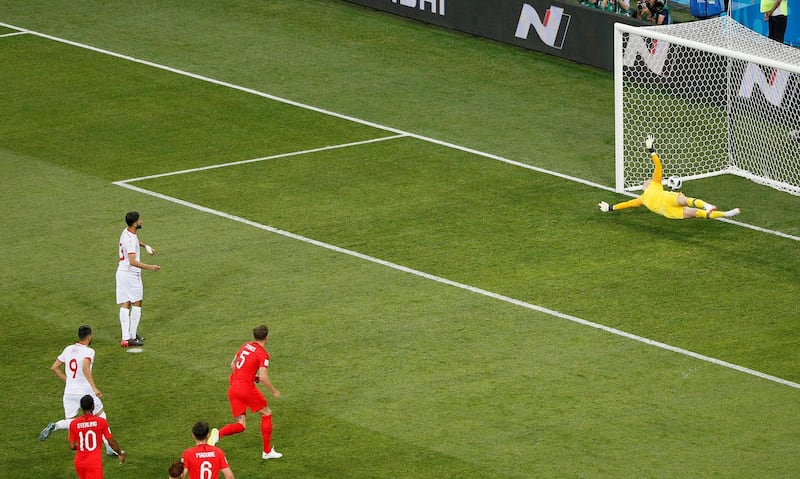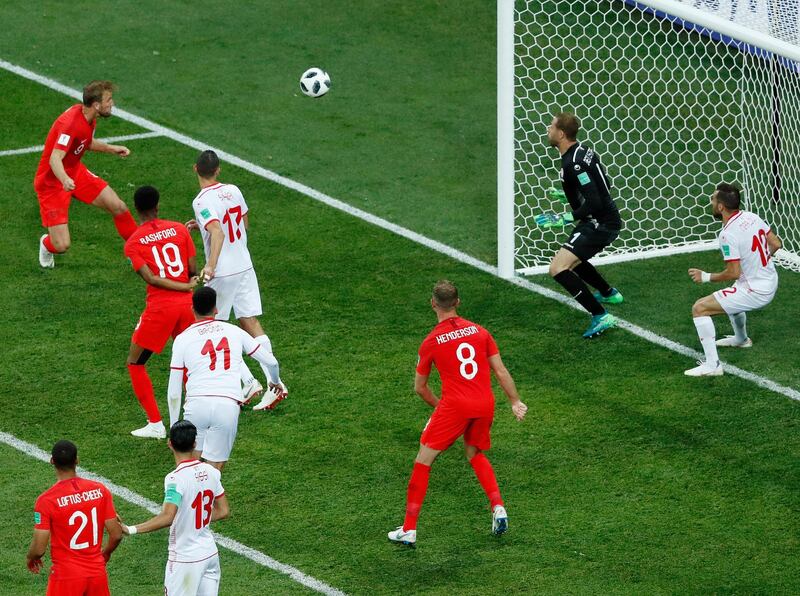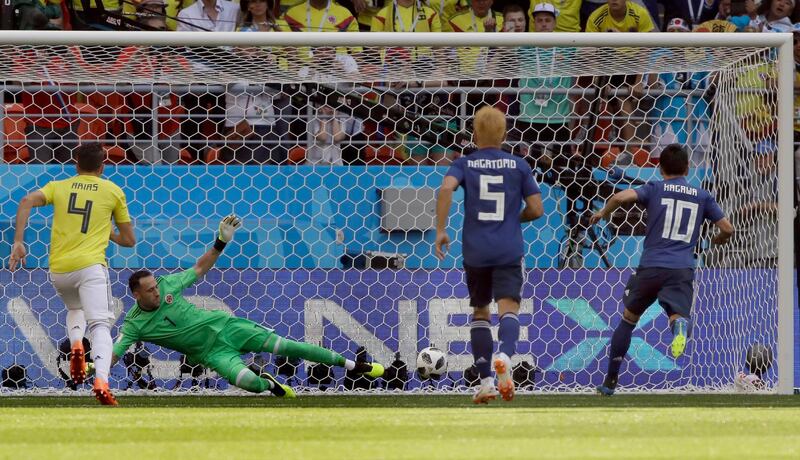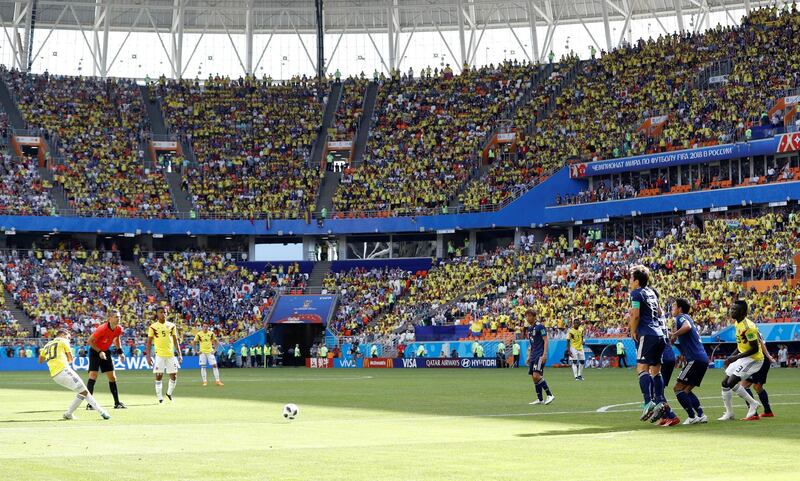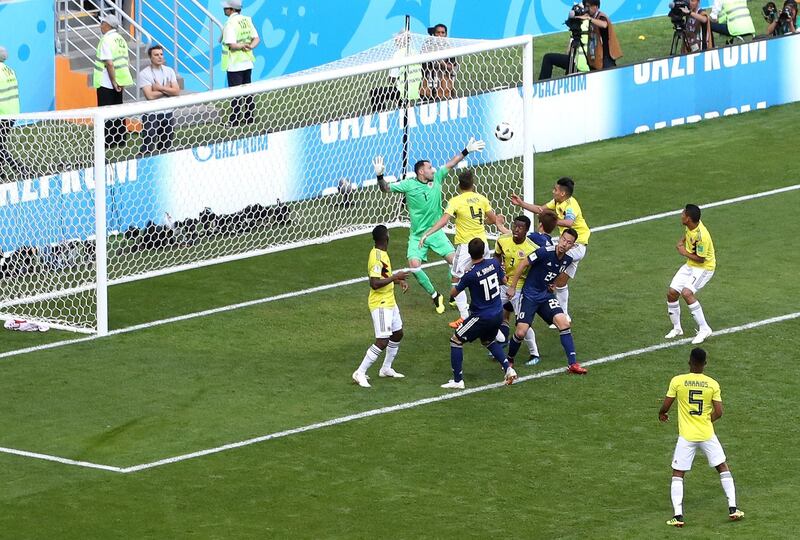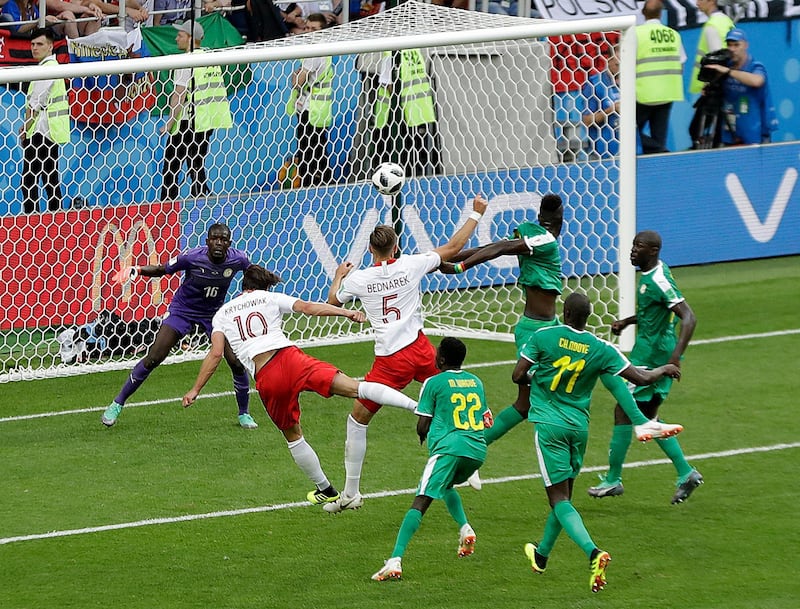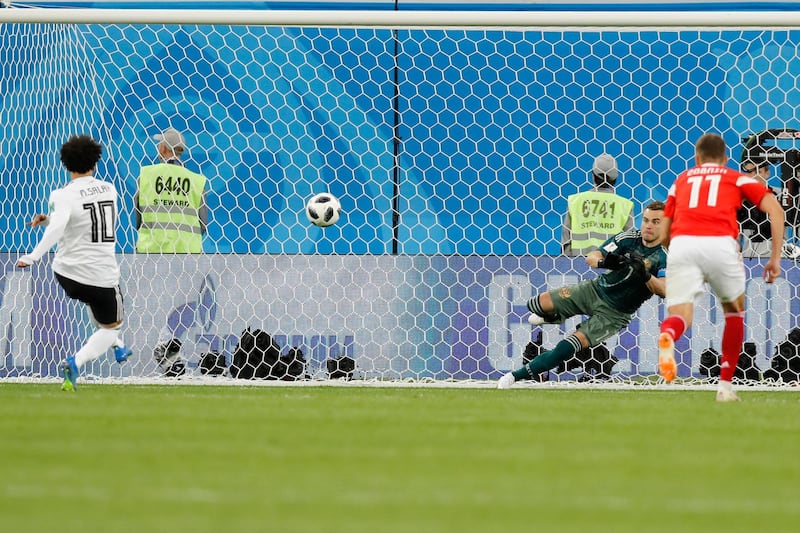Tiki-taka is dead, the back-to-front punt went out in the 1980s, but long live the set piece.
Footballing purists expecting silky goals involving 30 passes will have been disappointed by the 2018 World Cup so far, as a whopping 50 per cent of the 42 goals scored in the first 17 matches have come from set pieces.
• See images of all of the set-piece goals so far in the slide show above
But why is that? Is the introduction of the video assistant referee (VAR) bringing more penalties? Is it the skill level of free-kick takers such as Cristiano Ronaldo being so high, or is it simply that the standard of defending is, frankly, useless.
The answer is probably a culmination of all three.
Certainly, VAR has brought about the opportunity for penalty decisions to be awarded retrospectively rather than relying on the referees on the field having to go on what they see in a split second, which tends to lead to a safety-first approach (and no penalty). In the first 17 games we have seen eight penalties – just two off the total in the 48 group-stage fixtures in 2014. The video reviews have brought about decisions leading to spot kicks successfully put away by the likes of France's Antoine Griezmann and Sweden's Andreas Granqvist.
It hasn't been all plain sailing for VAR however, after two controversial incidents during England's victory over Tunisia were missed when Harry Kane was twice dragged down in the penalty area in blatant fouls.
We have also seen direct free kicks expertly dispatched by Ronaldo against Spain, Russia's Aleksandr Golovin against Saudi Arabia, Aleksandar Kolarov for Serbia against Costa Rica and a particularly interesting effort from Colombia's Juan Quintero, who decided to go under the jumping wall in his side's 2-1 defeat to Japan.
Indeed, the endless practise has paid off for the likes of Ronaldo and his fellow dead-ball specialists, but according to some goalkeepers, they are getting some assistance from this year's World Cup ball.
Introducing the FIFA #WorldCup match ball - the Adidas Telstar 18! pic.twitter.com/TRPwXwYek5
— FIFA World Cup (@FIFAWorldCup) June 12, 2018
The Adidas Telstar 18 was designed to reduce the amount of dip and movement – especially from set pieces. Spain's David de Gea described it as "really strange" before letting a Ronaldo shot slip through his fingers, while Germany's Marc-Andre ter Stegen said before the tournament that it "could be better; it moves a lot".
To the naked eye, the Telstar has at least been behaving far better than the Adidas Jabulani used in South Africa in 2010.
Then there's the case for the defence.
The modern defender is required to do more than clear the ball into the stands, with many managers – especially for the leading nations – preferring centre-backs who receive it from the goalkeeper and play out from the back.
England are a prime example, selecting Kyle Walker, typically a right back, in a back three alongside John Stones and Harry Maguire – both picked for their ability on the ball ahead of their defending.
Sadly, this hasn't led to a glut of goals at the tournament just yet, but it will be interesting to see if the set-piece success continues.
____________
Read more:
World Cup free-kicks: Where does Alexsandar Kolarov's against Costa Rica rank in the top 5?
World Cup 2018: Day 7 live updates - Ronaldo's Portugal and Saudi Arabia return to action
World Cup: Mohamed Salah's pain and brief joy as Egypt beaten by Russia - in pictures
